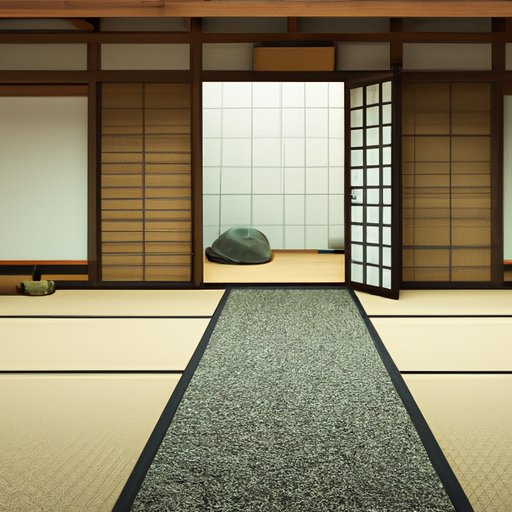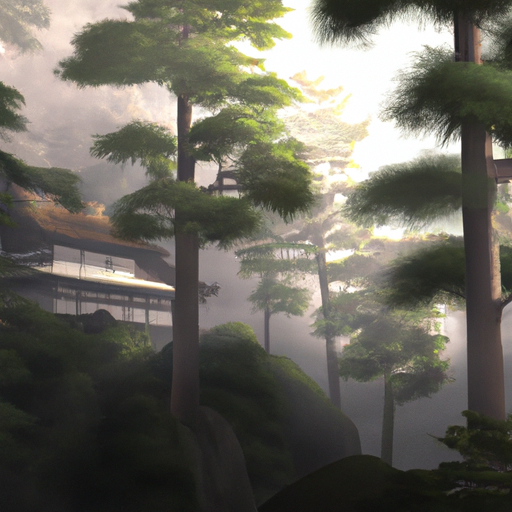Journey deep into Japan's mystical Kii Mountain range to explore centuries-old Buddhist temples and sacred pilgrimage routes. Follow ancient paths through pristine forests where tradition and spirituality intertwine seamlessly. Experience the profound tranquility of monastery stays while learning about Japanese religious customs.

Nestled within the verdant peaks of Japan's Kii Mountain range lies a network of ancient temples and sacred sites that have drawn pilgrims for over a millennium. The Kumano Kodo pilgrimage routes, designated as UNESCO World Heritage sites, offer modern travelers a unique opportunity to step back in time and experience Japan's rich spiritual heritage firsthand. This comprehensive guide will take you through the history, significance, and practical aspects of exploring these remarkable mountain temples.
The History and Significance
The Kii Mountains have been considered sacred ground since the 6th century when Buddhism first arrived in Japan. These peaks were believed to be the dwelling place of kami (Shinto deities) and became central to the unique fusion of Buddhist and Shinto practices that characterizes Japanese spirituality. The three grand shrines of Kumano - Hongu Taisha, Hayatama Taisha, and Nachi Taisha - form the spiritual heart of the region, connected by a network of ancient pilgrimage routes.
The Most Notable Temples
Koyasan, founded in 816 by the monk Kukai, stands as the headquarters of Shingon Buddhism and houses over 100 temples. The Okunoin Temple and its surrounding cemetery, with more than 200,000 graves, creates an otherworldly atmosphere among towering cedar trees. The massive Konpon Daito pagoda serves as a symbolic representation of the Buddhist universe, while the Kongobuji Temple showcases some of Japan's finest rock gardens.
Planning Your Temple Journey
The best time to visit the Kii Mountain temples is during spring (March to May) or autumn (September to November) when the weather is mild and the surrounding forests display their most vibrant colors. Many temples offer shukubo (temple lodging), allowing visitors to participate in morning prayers, meditation sessions, and traditional Buddhist vegetarian meals known as shojin ryori.
Practical Considerations
When visiting these sacred sites, it's essential to observe proper etiquette. Remove shoes before entering temple buildings, speak quietly, and ask permission before taking photographs. Many temples require advance reservations for overnight stays, and some areas may have limited public transportation access. Consider hiring a local guide who can provide historical context and help navigate the various trails and temple complexes.
The Pilgrimage Experience
Walking the Kumano Kodo is as much a spiritual journey as a physical one. The main routes - Nakahechi, Kohechi, and Ohechi - offer varying levels of difficulty and different perspectives on the sacred landscape. Along the way, you'll encounter smaller temples, tea houses, and local communities that have preserved traditional ways of life for generations.
Cultural Immersion
Staying at temple lodgings provides unique insights into Japanese Buddhist culture. Participate in morning ceremonies, learn meditation techniques from resident monks, and experience the simple yet profound aspects of temple life. Many temples also offer cultural activities such as sutra copying, which helps visitors connect with Buddhist traditions in a meaningful way.
Preserving Ancient Traditions
The mountain temples face various challenges in the modern era, from aging infrastructure to declining numbers of monks. However, innovative preservation efforts and sustainable tourism initiatives are helping to maintain these invaluable cultural assets for future generations. Visitors can contribute to these efforts by respecting local customs and supporting temple-operated facilities.
Beyond the Temples
The surrounding natural environment plays a crucial role in the temple experience. Ancient forests of cypress and cedar, crystal-clear mountain streams, and dramatic waterfalls create a setting that enhances the spiritual atmosphere. Many temples incorporate these natural elements into their design and religious practices.
Connecting Past and Present
While these mountain temples have preserved ancient traditions, they continue to evolve and adapt to contemporary needs. Some now offer meditation retreats specifically designed for international visitors, while others have developed programs that address modern stress and anxiety through traditional Buddhist practices.
The Legacy Continues
As you explore Japan's ancient mountain temples, you become part of a centuries-old tradition of spiritual seeking and cultural exchange. These sacred sites remain vibrant centers of learning and contemplation, offering valuable lessons about harmony between nature, spirituality, and human civilization that remain relevant in our modern world.



